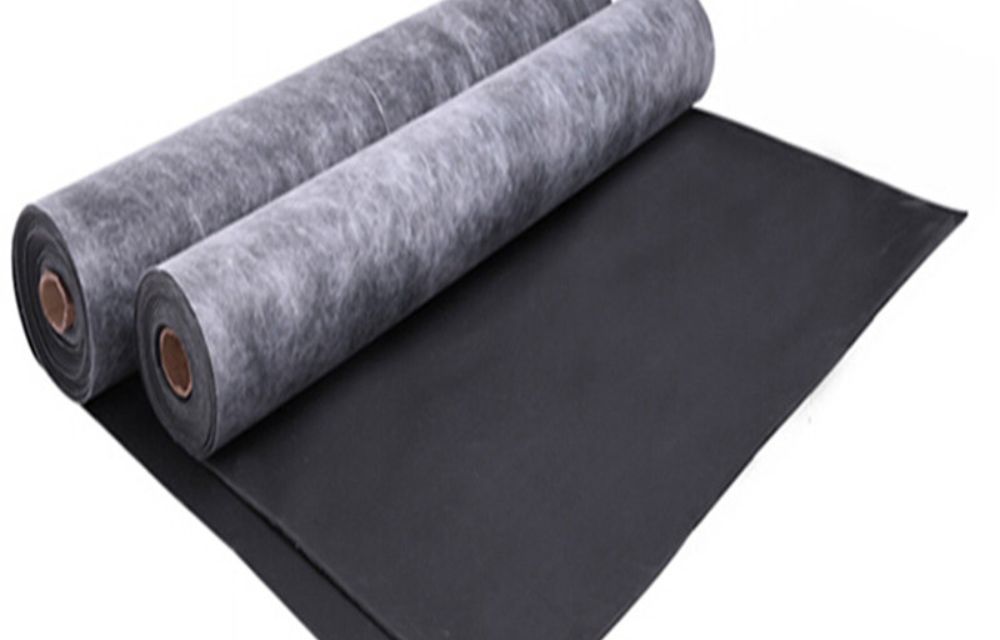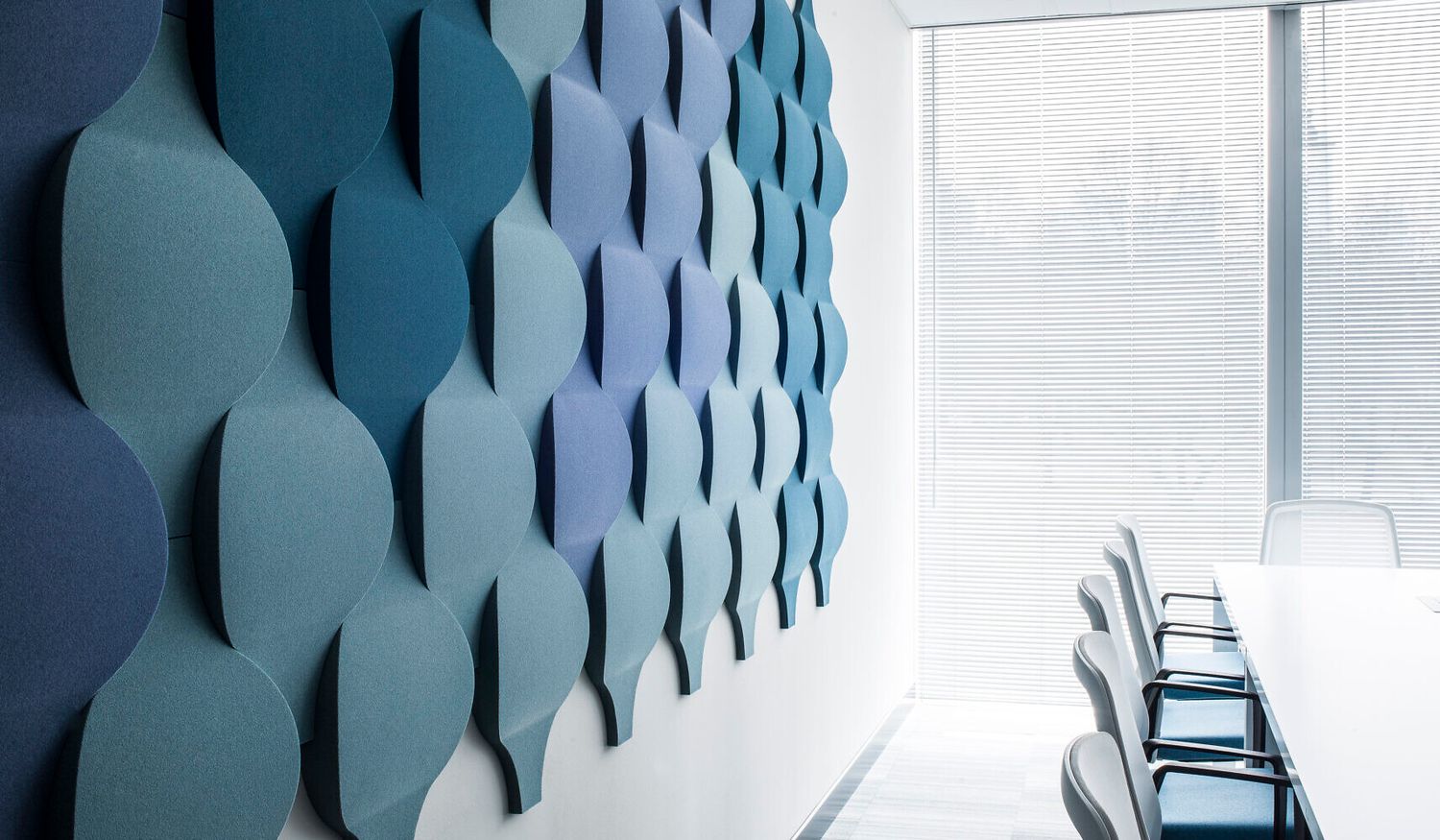Introduction
Noise pollution is a critical problem in contemporary society, particularly in urban communities where traffic, construction, and industry produce incessant noises. In response to this problem, noise acoustic barriers have proven to be an efficient solution. Acoustic barriers work by minimizing the passing of sound waves, leading to calm and more pleasant environments. In this blog, we shall delve into noise acoustic barriers, their mode of operation, and their benefits across diverse environments.
What is an Acoustic Noise Barrier?
A noise acoustic barrier is a physical barrier specifically constructed to block, absorb, or deflect sound waves to lower the noise level in a specific location. Noise barriers are typically installed along highways, railways, industrial areas, and residential locations to reduce the effects of noise pollution. They are made of materials with high sound absorption or reflection capabilities, including concrete, wood, metal, and specially made acoustic panels.
Noise acoustic barriers operate on the sound insulation and absorption principle. Sound waves reaching the barrier will reflect some waves to the source and absorb some within the material so they are not transmitted to the other side. The barrier’s height and type of design will determine how effective it is, as higher barriers have more ability to stop sound from penetrating the other side.
How Do Noise Acoustic Barriers Work?
Noise acoustic barriers work by cutting off the path of the sound waves. When sound waves meet a barrier, there are three main processes:
Reflection: Part of the sound waves are reflected towards the source, lowering the noise level and reaching the opposite side.
Absorption: Materials with high sound-absorbing properties, such as foam, fiberglass, and acoustic panels, absorb sound waves, converting them into small amounts of heat energy.
Diffraction: Some sound waves bend around the edges of the barrier. However, a well-designed noise acoustic barrier minimizes this effect by having an optimal height and surface structure.
The efficiency of a noise acoustic barrier relies on several factors, such as the material type, the barrier’s thickness, height, and location. For instance, obstacles placed near the noise source or the affected area are more effective in minimizing the sound levels.
Types of Noise Acoustic Barriers
There are different types of noise acoustic barriers to match various applications:
Concrete Barriers: Extremely effective for industrial sites and roadways because of their reflectiveness and density.
Wooden Barriers: Emotionally appealing in residential areas and bring a moderate level of noise reduction.
Metal Barriers: Lightweight and simple to install, frequently used in temporary construction sites.
Acrylic and Glass Barriers: Can be utilized in urban environments where visibility is a concern.
Green Barriers: Are made up of natural materials and vegetation, offering a green solution for noise reduction.
Advantages of Noise Acoustic Barriers
Putting up noise acoustic barriers provides numerous benefits:
Less Noise Pollution: Sound waves are blocked or absorbed by these barriers, ensuring a more peaceful environment, better comfort, and well-being.
Improved Privacy: Noise barriers prevent one from hearing other people’s conversations and activities, ensuring greater privacy in homes and businesses.
Wildlife Protection: Noise pollution may disrupt wildlife. Placing barriers protects natural habitats by lessening disturbing sounds.
Increased Property Value: Properties situated in more quiet regions tend to have increased market value, so noise barriers are an investment worth making.
Compliance with Noise Regulations: Some cities and industrial areas have regulations on noise levels. Noise acoustic barriers ensure compliance with these standards.

Conclusion
Noise acoustic barriers are necessary for controlling noise pollution in urban and industrial settings. Through reflection, absorption, and diffraction of sound waves, these barriers provide quieter and more pleasant environments for residential and commercial purposes. From highway use to residential neighborhoods or industrial areas, noise acoustic barriers enhance the quality of life through noise reduction. Investing in a properly designed acoustic sound barrier can improve health, provide greater privacy, and provide more excellent property value, making them an asset to modern infrastructure.




